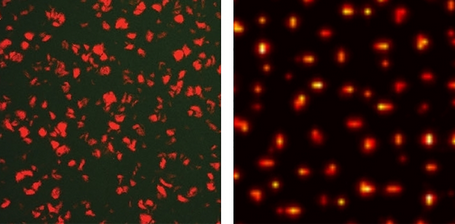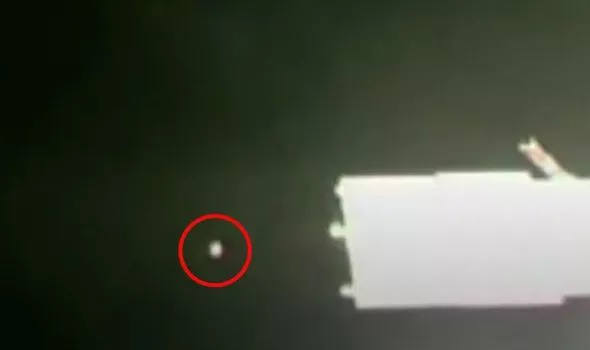A pattern described by computer science icon and polymath Alan Turing continues to show up in new scientific research 70 years later. The “Turing pattern” is a widespread phenomenon where noisy systems form stable patterns after being stimulated. The latest example is in “symmetrically spaced” patches of desert grasses, which grow in naturally orderly equilibrium to maximize each patch’s access to limited water.
In Africa and Australia, desert grasses grow in what are called fairy circles. In the new study, published in the Journal of Ecology, scientists explain:
“This pattern has been explained with scale-dependent ecohydrological feedbacks and the reaction-diffusion, or Turing mechanism, used in process-based models that are rooted in physics and pattern-formation theory.”
Families “devastated” after man dies and two fall sick during Turkish dental trip
Researchers find Ilopango mega-eruption caused a Maya Armageddon
But modeling a true Turing pattern isn’t as simple as pointing and labeling. Scientists must analyze, which is more challenging in ecological examples where variables are greater. In this case, studying grasses up close turned up more interesting conclusions as well: healthier grasses had even tighter fairy circle patterns, indicating more adherence to the Turing pattern.
Read more: Popular Mechanics




































